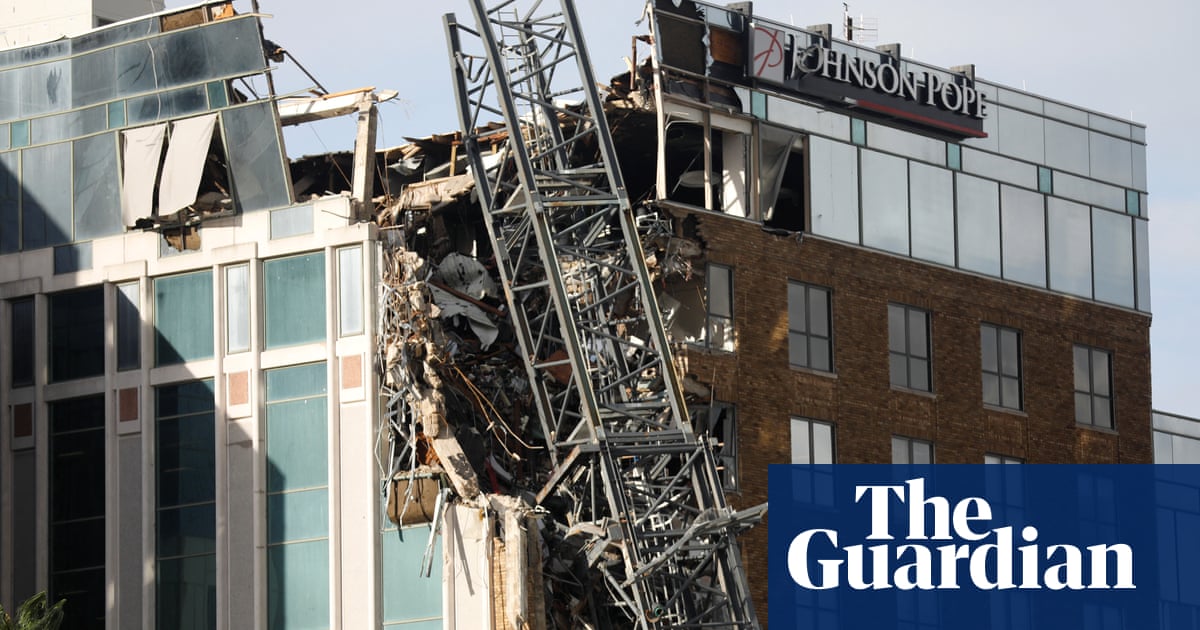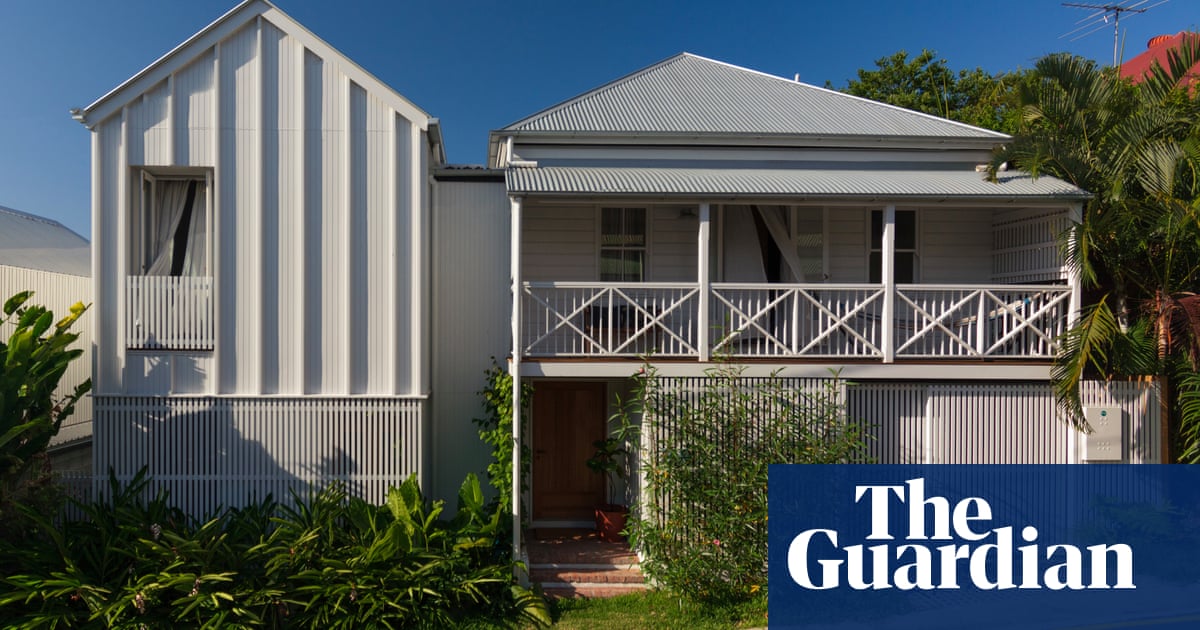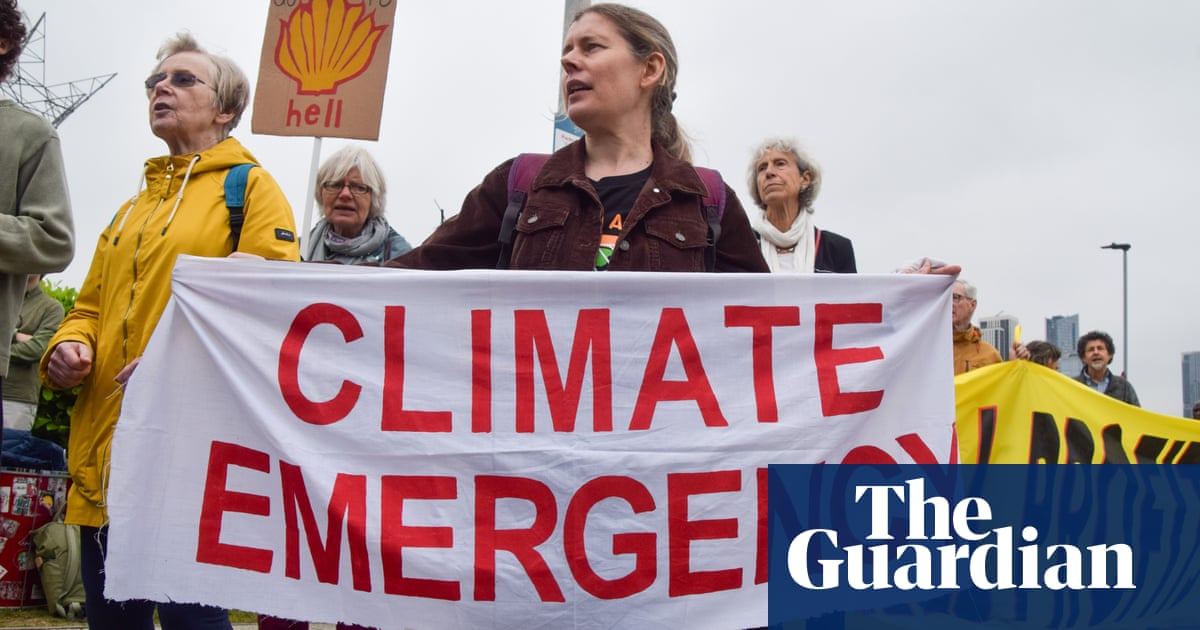More than 3 million Floridians are without power as officials begin to assess the damage caused by Hurricane Milton, a category 3 storm that flashed across a central swath of the state overnight on Wednesday.
Parts of Sarasota, Fort Myers and other Gulf coast cities were inundated by up to 10ft of storm surge while tornadoes wrecked buildings, including a sheriff’s department facility, the skies turned purple and winds as high as 120mph turned cars, trees and debris into projectiles.
Milton made landfall on Siesta Key south of St Petersburg around 8.30pm. Eight hours later it was moving offshore just north of Cape Canaveral as a category 1 hurricane with winds of 85mph, according to the national hurricane center.
A crane collapsed in downtown St Petersburg leaving a gash in an office building, blocking a street, the water supply was cut, and the roof of a Major League Baseball stadium was ripped off.
It will take days of the damage to be assessed, but insurers have warned that losses could reach $60bn. Tornadoes that accompanied the approach of the storm may prove as damaging as the hurricane itself: at least 116 tornado warnings had been issued across Florida, the Florida governor, Ron DeSantis, said on Wednesday evening.
Early on Thursday, four deaths were confirmed in St Lucie County on Florida’s Atlantic coast, where officials said tornadoes touched down. Kevin Guthrie, director for the Florida division of emergency management, said that early reports indicated about 125 homes were destroyed, mostly mobile homes in senior communities.
Inland, some 11 million people are at risk of flash and river flooding after some parts of the state received one-in-1,000-year amounts of rain.
In Bradenton, north of Sarasota, the police chief said “probably” more than 60% of the city has no electricity. In Hillsborough county, which includes Tampa, the sheriff’s office said there were “downed power lines and trees everywhere”.
But the powerful storm surge that authorities predicted ahead of Milton’s arrival may not have been as bad as projected. Communities to the north of Siesta Key were hit by heavy raining, predicted to be up to 18in, while areas to the south, including Fort Myers Beach and Naples, were hit by the storm’s sea-surge.
Some forecast models had predicted that Milton would hit squarely on Tampa Bay’s inlet, creating a 15ft storm surge, but the storm’s path wobbled, directing it about about 70 miles south to hit the beaches.
Still, just inland from Tampa, the flooding in Plant City was “absolutely staggering”, according the city manager, Bill McDaniel. Emergency crews rescued 35 people overnight, said McDaniel, who estimated the city had received 13.5in of rain.
“We have flooding in places and to levels that I’ve never seen, and I’ve lived in this community for my entire life,” he said on Thursday morning.
Ahead of Milton’s arrival, the state had issued mandatory evacuation orders across 15 Florida counties with a total population of about 7.2 million people. Anyone who stayed behind was warned they would have to fend for themselves until Milton passed over.
Among some who stayed were 12 workers at Tampa’s zoo, located in the evacuation zone, where they made sure the orangutans have their blankets, manatees had a supplies of lettuce and the rhinoceroses had bamboo.
Now, Florida is faced with a massive cleanup. In Orlando, Walt Disney World, Universal Orlando and Sea World remained closed on Thursday. At a news conference, DeSantis said 9,000 national guard members were ready to step in, as well as 50,000 utility workers from as far as California.
“Unfortunately, there will be fatalities. I don’t think there’s any way around that,” DeSantis said.



